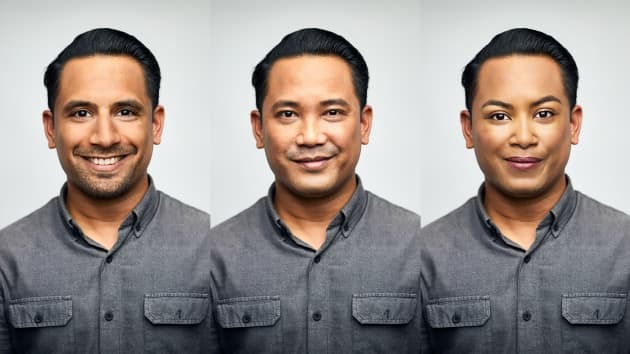Facebook can detect deepfake origin
- Tram Ho
Deepfakes are videos edited with artificial intelligence (AI). They have become more and more perfect in recent years, making it difficult for viewers to determine if this is a real or fake video.
However, Facebook researchers claim their new AI software can be trained to tell if a video is deepfake or not from just images or frames cut from the video. Not only that, it also identifies the type of AI used to create deepfakes, no matter how difficult the technique.
Last year, Michigan State University (MSU) discovered it could identify the type of camera used to take a certain photo. Tal Hassner, head of applied research at Facebook, said he’s partnered with MSU for the new software.

“Cat and mouse”
Deepfake is not a good thing for Facebook as the social network is constantly looking for ways to remove fake content from the platform. The company banned deepfakes in January 2020 but was unable to remove them completely.
According to Hassner, deepfake detection is like a game of cat and mouse, as deepfakes are increasingly easy to produce but difficult to identify. One of the main applications of deepfake today is in the porn industry, where one person’s face is grafted onto another’s body. Stars also suffer from deepfakes because they often appear in fake videos. For example, many videos of actor Tom Cruise on TikTok attract more than 50 million views, and audiences don’t know if they are watching real or fake videos.
Anyone can create deepfake videos through free apps like FakeApp, Faceswap. Deepfake expert Nina Schick asserts that it is not easy to detect deepfakes. She said that while the work of Facebook and MSU is a big step forward, what matters is how deepfake detection models work in practice. One of the major challenges today is that there are many ways to fool the deepfake detection model. Mr. Tassner also admitted that it is very possible that bad forces will overcome the software.
In general, deepfakes are of two types: one that is purely AI-generated, and one that uses elements of AI to “distort” the original multimedia content. Ms. Schick questioned whether Facebook’s tool would apply to the latter, as there is never a single model that will work for all situations. However, MSU’s Xiaoming Liu said the software has been evaluated and validated on both cases of deepfake.
Chris Ume, the artist behind the Tom Cruise deepfake video, shares that deepfake technology is rapidly evolving. There are different AI tools and he uses a combination to achieve the desired quality for his TikTok channel.
It is unclear how Facebook will apply deepfake detection software on the platform. Tassner said the company hasn’t discussed the product yet. To serve the research, Facebook has collected and classified 100 different deepfake models.
According to CNBC
Source : Genk
